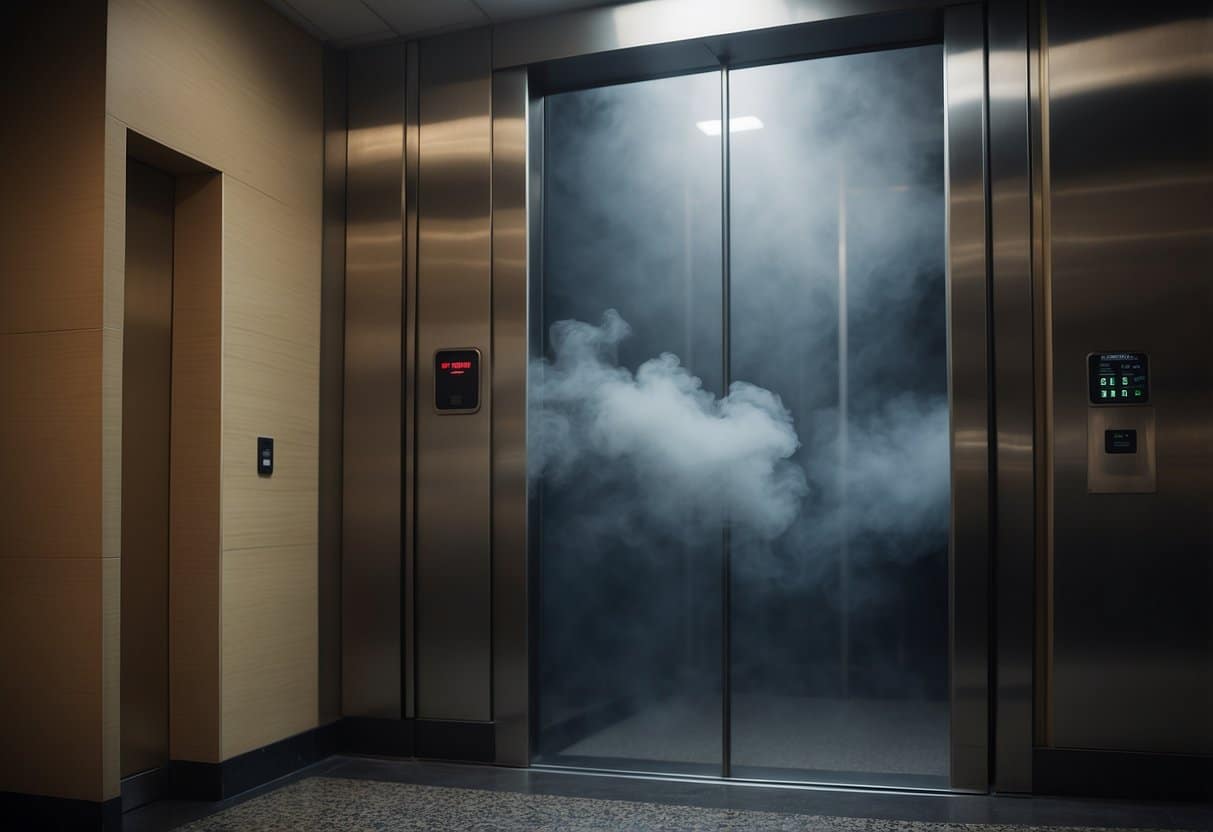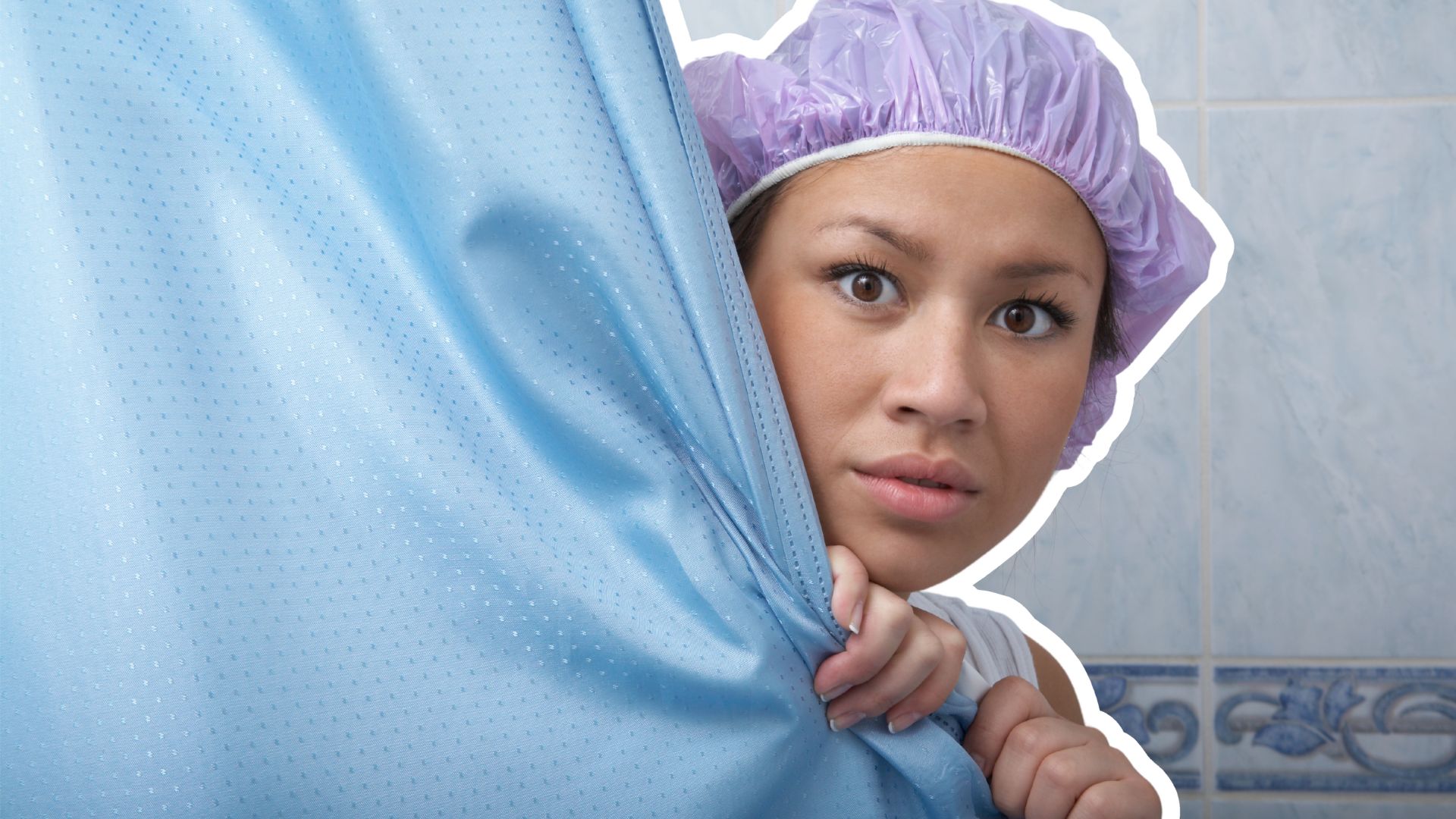How Much Does an Elevator Smoke Curtain Cost?
When considering the cost of an elevator smoke curtain, it’s essential to recognize the balance between initial investment and long-term savings. An elevator smoke curtain can range from a few thousand to tens of thousands of dollars, depending on the size, specifications, and features required. This upfront cost may seem high, but the potential savings from minimizing smoke damage and enhancing safety far outweigh the expense.
Elevator smoke curtains are designed to restrict smoke movement during a fire, significantly reducing potential damage and repair costs. Building managers often find that the expense is justified by the system’s ability to prevent extensive smoke damage, which can be just as catastrophic as fire damage.
Moreover, various models offer different levels of protection, such as the Model 2100 from Smoke Guard, which can provide both smoke and draft control. Customizable options also allow for flexibility in fitting specific needs, adding to the long-term benefits and cost-efficiency of these systems.
Understanding Elevator Smoke Curtains
Elevator smoke curtains are essential for enhancing safety in buildings. Their primary functions include containing smoke, protecting property, and ensuring safe evacuation during fires.
Purpose and Function
Elevator smoke curtains are designed to contain smoke within specific areas, preventing it from spreading to other parts of the building. This containment helps minimize smoke damage to property and ensures that other sections of the building remain smoke-free, facilitating safe evacuation.
According to the ASME A17.1 Standard for Elevators and Escalators, these curtains must have a closing rate between 6 to 24 inches per second and undergo operational and drop testing after installation.
These curtains are critical in fire scenarios as they reduce the risk of smoke inhalation, which can be more dangerous than the fire itself. By trapping smoke, they protect both lives and assets.
Types and Materials
There are various types of elevator smoke curtains, each suitable for different building requirements. Some common types include:
- Vertical curtains: Deploy downward from the ceiling.
- Horizontal curtains: Extend sideways to cover openings.
The materials used in these curtains are also crucial. Many are made from fire-resistant fabrics that meet UL 1784 testing standards. These materials must withstand high temperatures and prevent smoke from passing through.
Choosing the right curtain involves considering factors such as deployment speed, fire ratings, and specific building codes. Brands like FuJiHD offer advanced elevator safety solutions that meet stringent regulatory standards while providing long-lasting performance and custom-fit installations. The right elevator smoke curtain enhances building safety and compliance with regulations.
Cost Factors of Elevator Smoke Curtains
Several factors influence the cost of elevator smoke curtains, including their size and level of customization, installation requirements, and ongoing maintenance and durability.
Size and Customization
The dimensions of an elevator smoke curtain play a significant role in determining its price. Larger curtains naturally require more materials, which increases costs. Customization needs, such as specific materials for unique fire and smoke ratings or special fabrication requests, also drive up expenses. For example, building codes might mandate certain specifications that require custom solutions, thereby affecting the final price.
Standard models may cost less, but they may not meet all regulatory or design requirements for specific buildings. Custom options, while more costly, provide the advantage of fitting perfectly within the architectural framework, ensuring no gaps that could allow smoke to bypass the barrier.
Installation Considerations
Installation costs also vary and can be influenced by several variables. Geographic location affects labor rates, with regions having higher living costs generally demanding higher wages for skilled labor. The complexity of the installation, such as whether a building is under construction or already operational, also impacts costs.
The number of mobilizations, or visits required by installation teams, is another cost factor. Multiple trips can significantly increase labor costs. Professional installation is critical for adherence to fire safety codes, such as those outlined in the ASME A17.1 Standard for Elevators and Escalators.
Maintenance and Durability
Maintenance and durability are indispensable considerations for the total cost of elevator smoke curtains. Regular maintenance ensures that the curtains continue to function correctly, which is crucial for effective fire and smoke management. Some manufacturers offer extended warranties or maintenance packages that can affect upfront costs but may save money over time.
The durability of the materials used impacts the frequency and cost of replacements or repairs. High-quality materials may have higher initial costs but offer better longevity and lower long-term expenses. Regular operational and drop testing, as mandated by safety standards, are necessary to maintain a reliable smoke curtain system.







